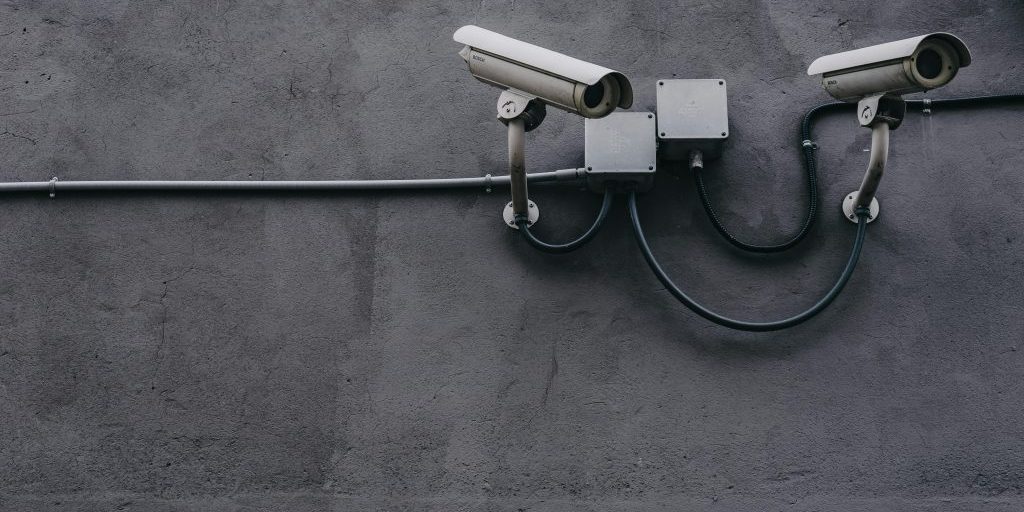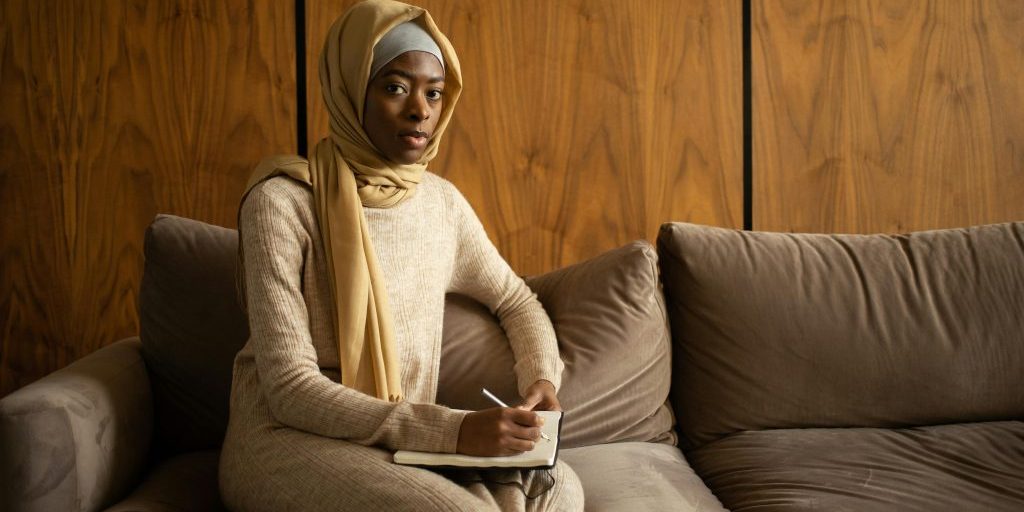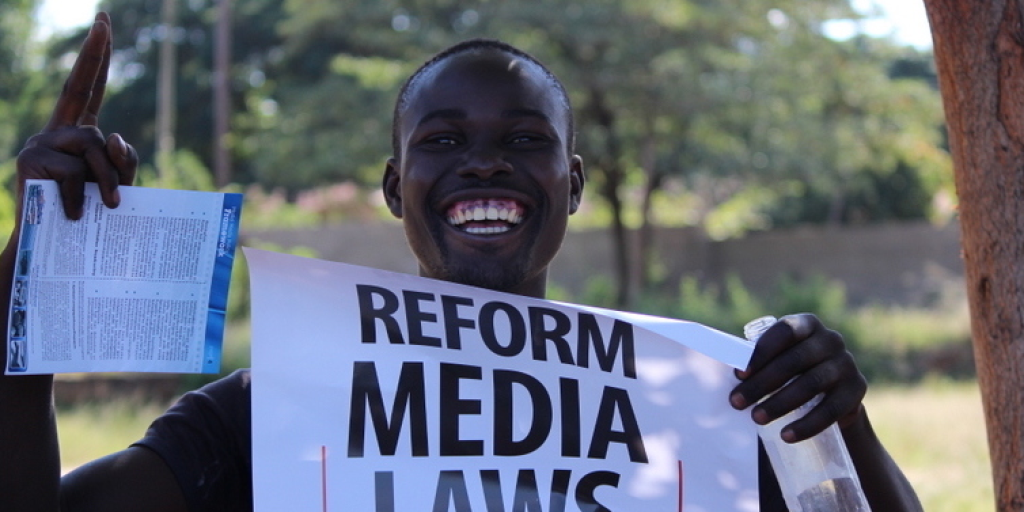Drawing power from Black Wednesday in the war against surveillance
The 47th anniversary of Black Wednesday is marked today, 19 October, amid new forms of resistance from elements of the South African media.
Certainly we honour memory by reflecting on the persecutions and courage of 1977. Black Consciousness leader Steve Biko died on 12 September after being tortured by agents of the state, and in the next chapter of tyranny, the apartheid government ordered the World, Weekend World and Pro Veritate newspapers to cease publication.
It banned Daily Dispatch editor Donald Woods and detained World editor Percy Qoboza for five months in Modderbee Prison under the Internal Security Act. Security forces could hold and ban any person deemed a threat.
Journalists Aggrey Klaaste, Willie Bokala, Godwin Mohlomi, Moffat Zungu, ZB Molefe, Duma ka Ndlovu, Peter Magubane, Mike Mzileni and Gabu Tugwana knew that jail well. So did Joe Thloloe – who, among many other acheivements, would become the Press Ombudsman and later, the Director of the Press Council, serving from 2008 to 2018.
Thloloe was banned along with journalists Mathatha Tsedu and Don Mattera after his release from Modderbee in 1976.
In 1977, the Union of Black Journalists, which was led by Thloloe, was also silenced.
The O’Malley Archive tells how a Cabinet decision on 18 October 1977 preceded the proclamation to prohibit the ‘printing, publication or dissemination [of] views [and] information … calculated to endanger the security of the State or the maintenance of public order’. The next day, 18 organisations were declared unlawful.
‘The actions provoke worldwide shock and protest. The Minister of Justice issues a statement justifying these draconian measures, and declares the organisations concerned a threat to law and order.’
The date, 19 October, instigates a deep review of the meaning of press freedom. We cannot ignore our obligations to the many journalists and editors who stood up to brutality nearly 50 years ago. Not all of them lived to tell the tale. But it’s not a pause of remembrance only.
The Press Ombudsman and the Appeals Panels are today at the centre of as much of a push and pull between politicians and journalists as the various iterations of a Press Council in our history, Organisations with which today’s Press Council is aligned fight as hard as any under apartheid to maintain the gains of 1994.
It’s become a tradition on Black Wednesday to add up, make a balance sheet, do the sums of media freedom. Yet the threats on a free media in South Africa today are unprecedented
David Kaye, United Nations Special Rapporteur on the promotion and protection of the right to freedom of opinion and expression (2014 to 2020), situated our cataclysmic moment. It is a very different space to the one in which Qoboza and other fearless editors and journalists operated under apartheid.
Now, the media doesn’t only have to stand up to the thuggery of hostile forces in their physical presence, as did, say, Estella Naicker from the Northern Natal News in March 2023 when Newcastle mayor Xolani Dube and his deputy Musa ‘Sugar’ Thwala accused her of ‘being paid by political rivals to write negative stories about them’, threatened her and deleted pictures from her phone when she was reporting on a residents’ association filling potholes. So, too, SABC reporters Corbin August and Atule Joka, and Oratile Tlhoaele, a video journalist, who ‘were gathering footage about a protest [also in 2023] when two men hurled a rock at the front window of their car and hit Tlhoaele in the head’ in Cape Town.
South African media also has to stand up to faceless forces holding keys that cannot be seen.
Addressing the Human Rights Council, Kaye said: ‘Encryption and anonymity would not be as critical if we lived in a world without attacks on freedom of opinion and expression. But
we live in a world in which mass and targeted surveillance, digital attacks on individuals and civil society, harassment of members of vulnerable groups, and a wide variety of digital opinion and expression resulting in serious repercussions including detention, physical attacks, and even killings
‘Laws, practices, and policies that ban, restrict, or otherwise undermine encryption and anonymity, all in the name of public order or counter-terrorism, even when not justified, do significant – and I would say disproportionate – damage to the rights at the heart of my mandate.
‘They do so, moreover, in an age of vast, previously unimaginable powers of surveillance, data and meta-data collection, geolocation, and other tools that have expanded the capacities of governmental security apparatuses everywhere.’
Kaye is describing a time which could, potentially, become as pernicious for journalists as the violent and deplorable environment of apartheid. Qoboza and other incorruptible media leaders kept telling the truth, until Stratcom, prison and banning orders shut them down. Some were killed.
Access to electronic data can now be a lever for our media’s confinement and, if pushed to the limit, devastation. To be honest, we do not yet know what is ‘the limit’, such is the wide open nature of the digital world.
It’s a tradition for the South African political Establishment to weigh in on 19 October. Take for example an evocative speech which Joel Netshitenzhe, then-head of the Government Communication and Information System (GCIS) under President Thabo Mbeki, gave in 2005 on the 28th anniversary of Black Wednesday.
Netshitenzhe was speaking at a conference organised by the SABC, the South African National Editors’ Forum (SANEF) and the University of Limpopo on ‘Media and Society in Transition’.
He said: ‘Media freedom is not a post-1994 invention, but a product of struggle. From John Tengo Jabavu to Ruth First to Steve Biko to Percy Qoboza, an integral part of our struggle has been this pursuit of freedom of expression.
Media freedom matters for its own sake. Such is the nature of the human spirit that it needs space for self-expression. To try and circumscribe it is to court revolt
Netshitenzhe elegantly conflated media freedom with the human spirit. Both need space to express themselves or there will be a backlash. Yet back in 2005 and until very recently, we might not have thought that our ‘backlash’ when our freedom is threatened could be crushed without any words being spoken, blows being administered to our bodies or gags placed by a court.
‘Today’s encryption technology does not allow for special access for the good guys, that could be denied to the bad guys,’ says Kaye.
‘In other words, compelling private industry to install encryption vulnerabilities for government access will undermine everyone’s security against criminal activity or hostile state action. And as such, backdoors, golden keys, key escrows, and other tools of the vulnerability trade are disproportionate responses to crime and terrorism.’
And that’s only a taste of how complicated this could become.
The day after Black Wednesday is Global Encryption Day, ‘a worldwide effort to protect end-to-end encryption and defeat proposals that try to undermine it’.
Caitlin Vogus, Deputy Director of Advocacy at the Freedom of the Press Foundation, wrote in 2023 that, ‘in addition to being important for protecting the information that journalists are provided by all types of sources, encryption is key to making sure that information and communications within news organisations are kept safe as well’.
In important ways, encryption ‘locks’ information; ‘keys’ are used to ‘unlock’ that information. The problem with having multiple keys is that it’s possible for any one of them to fall into the wrong hands more easily
Vogus agrees with Kaye: ‘Though it would be great if we could trust that these extra keys would only be accessible to the “right” people at the “right” time, the reality is that even very valuable keys of this type have been stolen in the past. And of course, if the people you’re investigating have access to that key, it’s going to be an even bigger problem.’
This is why the efforts of the AmaBhungane Centre for Investigative Journalism and other media freedom activists in South Africa matter, increasingly.
AmaBhungane embarked on a four-year battle for safeguards against inceptions of journalists’ communications in 2017 when it ‘received confirmation its managing partner Sam Sole had been under surveillance under existing RICA legislation when he was investigating a National Prosecuting Authority decision to drop corruption charges against former president Jacob Zuma in 2008′.
Ultimately, the Constitutional Court handed down a landmark judgment in February 2021 that, wrote news24, ‘not only protects journalists and their sources from surveillance abuse, but also upheld a lower court’s ruling that the insidious practice of the bulk interception of ordinary citizens’ data and communication is illegal’.
This was the same year that the Zondo Commission heard how ‘many media houses that State Security Agency (SSA) operatives tried to recruit … either wanted too much money, or were alert to such approaches and rebuffed them’.
‘Evidence leader Advocate Paul Pretorius said this was revealed in a progress report found in an SSA safe which listed its “challenges” and “achievements” under the project.
‘One of Project Wave’s “challenges” was listed as the recruitment of media houses to work with SSA operatives. The media houses’ cash demands were either too high, or they had their own security alerts against such approaches, and so were immune to being recruited.’
The Constitutional Court’s decision in the AmaBhungane matter necessitated a change in the law, and ‘Justice Minister Ronald Lamola requested the apex court to suspend its orders of invalidity for a period of three years to draft a revamped RICA’.
‘The court found this reasonable, and 36 months were allowed for the amendments.
‘Thirty-one months later, Deputy Justice Minister John Jeffery introduced the RICA Amendment Bill to the Portfolio Committee on Justice and Correctional Services‘ although he warned the Bill was “late”. In the end, it was also “not the complete overhaul of RICA that Lamola promised the Constitutional Court”. It only “addressed the defects identified by the apex court”.’
The National Assembly indeed passed the Regulation of Interception of Communications and Provision of Communication-related Information Act in November 2023 to ‘ensure, among other things, that journalists’ sources and lawyers’ communication with their clients remain confidential’, with only the Democratic Alliance (DA) objecting.
DA MP Glynnis Breytenbach said the Bill ‘addressed the Constitutional Court’s order in “a minimalist fashion, falling short of the comprehensive review of RICA that is required to prevent future abuse as well as the specific objections in submissions received” ‘.
Indeed, ‘neither the SSA nor police Crime Intelligence [had] provided post-surveillance notification in transgression of the Constitutional Court ruling’ by May 2024 when the Inspector-General for Intelligence (IGI) [Imtiaz Fazel] gave an account to Parliament’s Joint Standing Committee on Intelligence.
‘The IGI … found “failure to provide post-surveillance notification to targets of lawful interceptions, in transgression of court ruling and read-in provisions” ‘, and ‘the SSA and police crime intelligence contravention of the interception law was but one in a series of unlawful acts’.
Jane Duncan, Professor of Digital Society at the University of Glasgow, wrote in The Conversation in July 2024 that ‘surveillance now has to comply with a strengthened [RICA] … But that has not removed the threat’.
Duncan pointed to the ‘inadequate regulation of covert powers’, and evaluated that this was something the new parliamentary intelligence committee in the seventh Parliament ‘must address’ as ‘powers are poorly regulated and audited for SSA, Crime Intelligence and Defence Intelligence’.
In 2024, SANEF, Media Monitoring Africa (MMA), the SOS Coalition (SOS) and the Campaign for Freedom of Expression (CFE) made a joint statement of ‘grave concern’ after City Press newspaper revealed that the SSA had ‘[attempted] to yet again vet Moshoeshoe Monare, the Head of News at the SABC’, thereby undermining ‘the fundamental principles of media and editorial independence and freedom of the press’.
Qoboza would be glad to know that the media is unlikely to stop its fight against surveillance and illegal access to its data. But everything that happens now is unprecedented.
We can draw strength from the way the media survived and fought back after Black Wednesday, but the arena is so complex, that to keep eyes on all aspects of it, is a formidable task.
Sunday World reported that there was a ‘recommendation for the SAPS to establish a specialised unit to watch potential criminal activities on … WhatsApp, Instagram, TikTok, X and YouTube on the back of investigations into the July 2021 unrest in Gauteng and KwaZulu-Natal, during which about 350 people lost their lives’.
‘According to the South African Human Rights Commission, online communication and coordination played a role in fuelling the violence.
‘A mole within the crime intelligence setup said: “There is already a section within crime intelligence that deals with social media monitoring, specifically under the intelligence collection in commercial crimes division, as well as in the analysis and coordination divisions.” ‘
Academics agree. ‘Social media … has an incontestable influence on national security issues,’ write Dries Putter and Susan Henrico from the Department of Strategic Studies at Stellenbosch University, but ‘[it has also] become a primary source of information for news-hungry audiences around the world’.
The Press Ombudsman and the Press Council may, for instance, have to consider what is ‘privacy’ and what is ‘in the public interest’ in the near-future when it comes to complaints that fall within the domain of social media.
Putter and Henrico say, ‘Without wandering into the never-ending maze that is constructed from morality and privacy, [there are] arguments … with regard to the duality of social media [which] has both a public and private character and where these two domains overlap, it creates a “grey zone”.
‘It is this grey zone constructed of private content within a public space that separates open-source intelligence (OSINT) from social media intelligence (SOCMINT).’
Privacy International explains that, SOCMINT is often used interchangeably with the term ‘open source intelligence’ [but] there is a key difference between the two forms of intelligence collection.
‘SOCMINT can be deployed on content that is private or public, while OSINT is about strictly publicly available content, such as articles, news sites, or blog posts, published in print and on the open internet and clearly intended and available for everyone to read and watch.
‘SOCMINT requires more specific regulation, policies and safeguards that take into account the very unique and specific nature of social media: a privately-owned space (owned by private companies) where people share freely.’
As we honour memory by reflecting on the persecutions and courage of our media mentors and legends in 1977 on 19 October this year, we are well aware of how much work all of us have to do.
Media is non-stop, but our freedom could have a deadline.
- This article was compiled by Janet Smith, adjudicator at the Press Council




